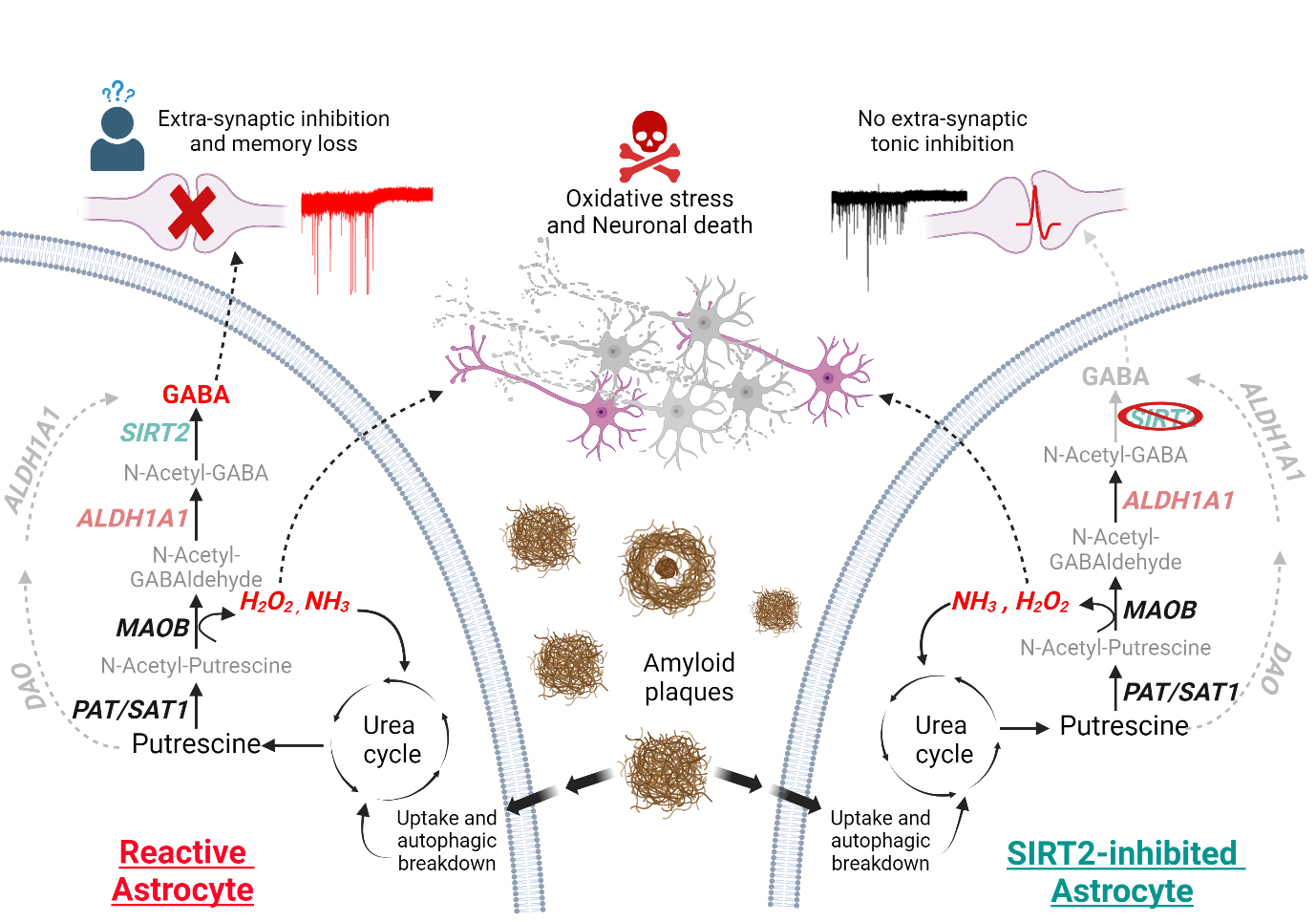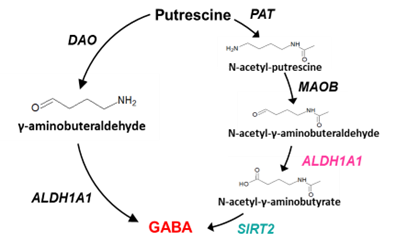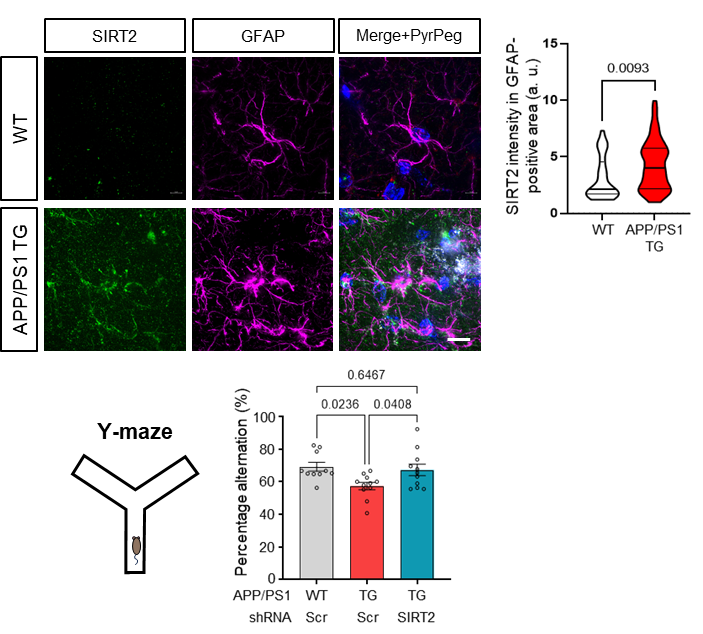주메뉴
- About IBS 연구원소개
-
Research Centers
연구단소개
- Research Outcomes
- Mathematics
- Physics
- Center for Underground Physics
- Center for Theoretical Physics of the Universe (Particle Theory and Cosmology Group)
- Center for Theoretical Physics of the Universe (Cosmology, Gravity and Astroparticle Physics Group)
- Dark Matter Axion Group
- Center for Artificial Low Dimensional Electronic Systems
- Center for Quantum Nanoscience
- Center for Exotic Nuclear Studies
- Center for Van der Waals Quantum Solids
- Center for Relativistic Laser Science
- Chemistry
- Life Sciences
- Earth Science
- Interdisciplinary
- Center for Neuroscience Imaging Research (Neuro Technology Group)
- Center for Neuroscience Imaging Research (Cognitive and Computational Neuroscience Group)
- Center for Algorithmic and Robotized Synthesis
- Center for Nanomedicine
- Center for Biomolecular and Cellular Structure
- Center for 2D Quantum Heterostructures
- Institutes
- Korea Virus Research Institute
- News Center 뉴스 센터
- Career 인재초빙
- Living in Korea IBS School-UST
- IBS School 윤리경영


주메뉴
- About IBS
-
Research Centers
- Research Outcomes
- Mathematics
- Physics
- Center for Underground Physics
- Center for Theoretical Physics of the Universe (Particle Theory and Cosmology Group)
- Center for Theoretical Physics of the Universe (Cosmology, Gravity and Astroparticle Physics Group)
- Dark Matter Axion Group
- Center for Artificial Low Dimensional Electronic Systems
- Center for Quantum Nanoscience
- Center for Exotic Nuclear Studies
- Center for Van der Waals Quantum Solids
- Center for Relativistic Laser Science
- Chemistry
- Life Sciences
- Earth Science
- Interdisciplinary
- Center for Neuroscience Imaging Research (Neuro Technology Group)
- Center for Neuroscience Imaging Research (Cognitive and Computational Neuroscience Group)
- Center for Algorithmic and Robotized Synthesis
- Center for Nanomedicine
- Center for Biomolecular and Cellular Structure
- Center for 2D Quantum Heterostructures
- Institutes
- Korea Virus Research Institute
- News Center
- Career
- Living in Korea
- IBS School
News Center
Scientists Identify Key Enzyme in Alzheimer’s Disease That Links Brain Inflammation to Memory Loss- SIRT2, the unknown enzyme in astrocytic GABA production, may hold the key to separating the effects of degenerative molecules in AD - A research team at the Institute for Basic Science (IBS) has identified a previously unknown enzyme, SIRT2, that plays a key role in memory loss associated with Alzheimer’s disease (AD). The study, led by Director C Justin LEE, of the IBS Center for Cognition and Sociality, provides critical insights into how astrocytes contribute to cognitive decline by producing excessive amounts of the inhibitory neurotransmitter GABA. Astrocytes, once thought to only support neurons, are now known to actively influence brain function. In Alzheimer’s disease, astrocytes become reactive, meaning they change their behavior in response to the presence of amyloid-beta (Aβ) plaques, a hallmark of the disease. While astrocytes attempt to clear these plaques, this process triggers a harmful chain reaction. First, they uptake them via autophagy (Kim and Chun, 2024) and degrade them by the urea cycle (Ju et al, 2022), as discovered in previous research. However, this breakdown results in the overproduction of GABA, which dampens brain activity and leads to memory impairment. Additionally, this pathway generates hydrogen peroxide (H2O2), a toxic byproduct that causes further neuronal death and neurodegeneration. The IBS research team set out to uncover which enzymes were responsible for excessive GABA production, hoping to find a way to selectively block its harmful effects without interfering with other brain functions. Using molecular analysis, microscopic imaging, and electrophysiology, the researchers identified SIRT2 and ALDH1A1 as critical enzymes involved in GABA overproduction in Alzheimer’s-affected astrocytes. SIRT2 protein was found to be increased in the astrocytes of the commonly used AD mouse model as well as in post-mortem human AD patient brains. “When we inhibited the astrocytic expression of SIRT2 in AD mice, we observed partial recovery of memory and reduced GABA production,” quoted Mridula BHALLA, the lead author of the study and a post-doctoral researcher at IBS. “While we expected reduced GABA release, we found that only short-term working memory (Y-maze) of the mice was recovered, and spatial memory (NPR) was not. This was exciting but also left us with more questions.” SIRT2 participates in the last step of GABA production, while H2O2 is produced earlier in the process. It is therefore possible that H2O2 is continuously produced and released by the cells even in the absence of SIRT2. “Indeed, we found that inhibition of SIRT2 continued H2O2 production, indicating that neuronal degeneration might continue even though GABA production is reduced,” says Director C Justin LEE. By identifying SIRT2 and ALDH1A1 as downstream targets, scientists can now selectively inhibit GABA production without affecting H2O2 levels. This is a critical breakthrough because it allows researchers to separate the effects of GABA and H2O2 and study their individual roles in neurodegeneration. Director C. Justin LEE emphasized the importance of these findings, stating: “So far, we have been using MAOB inhibitors in AD research, which block the production of H2O2 as well as GABA. By identifying enzymes SIRT2 and ALDH1A1 downstream to MAOB, we can now selectively inhibit GABA production without affecting H2O2, which would allow us to dissect the effects of GABA and H2O2 and study their individual roles in disease progression.” While SIRT2 may not be a direct drug target due to its limited effects on neurodegeneration, this research paves the way for more precise therapeutic strategies aimed at controlling astrocytic reactivity in Alzheimer’s disease. The study was published in Molecular Neurodegeneration (Impact Factor: 15.1) in January 2025 and is available under open access.
Notes for editors - References
- Media Contact
- About the Institute for Basic Science (IBS)
|
| Next | |
|---|---|
| before |
- Content Manager
- Public Relations Team : Yim Ji Yeob 042-878-8173
- Last Update 2023-11-28 14:20














